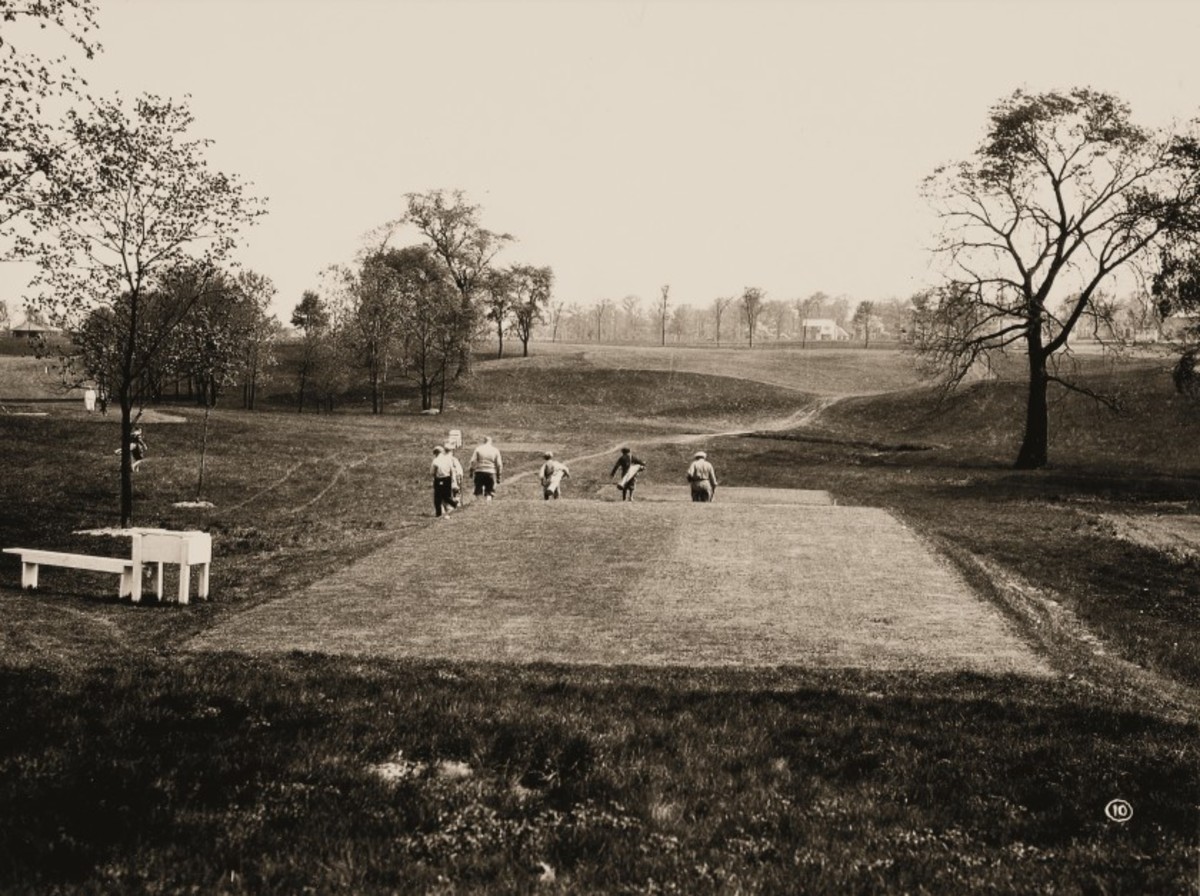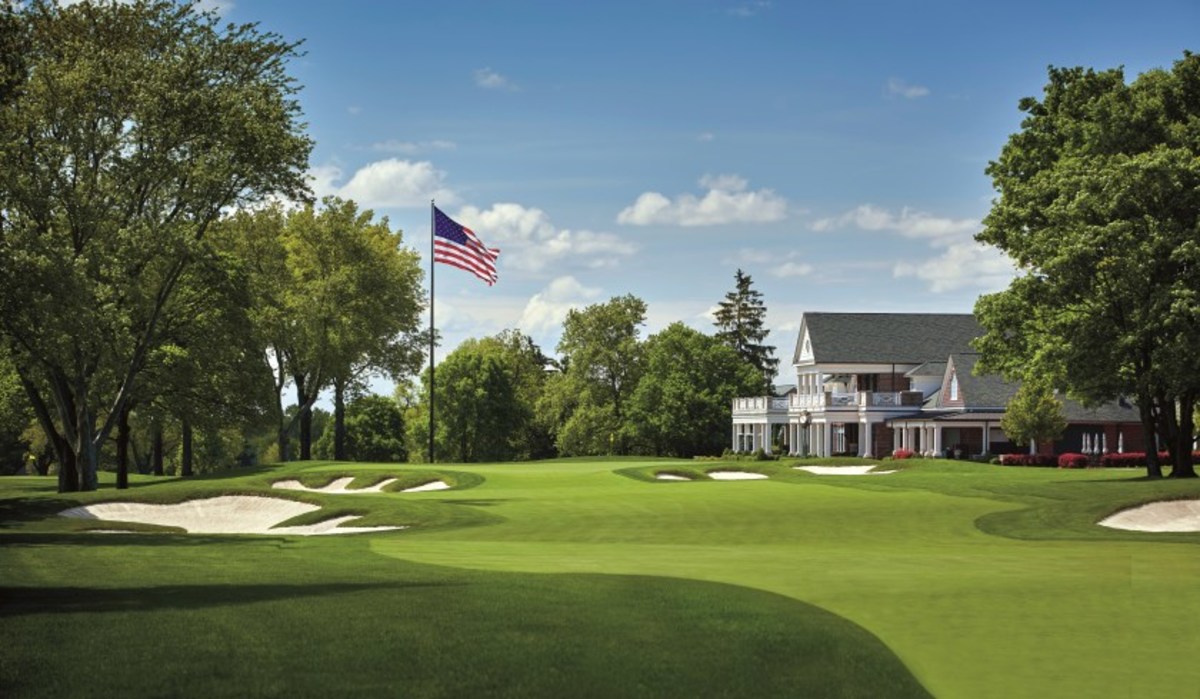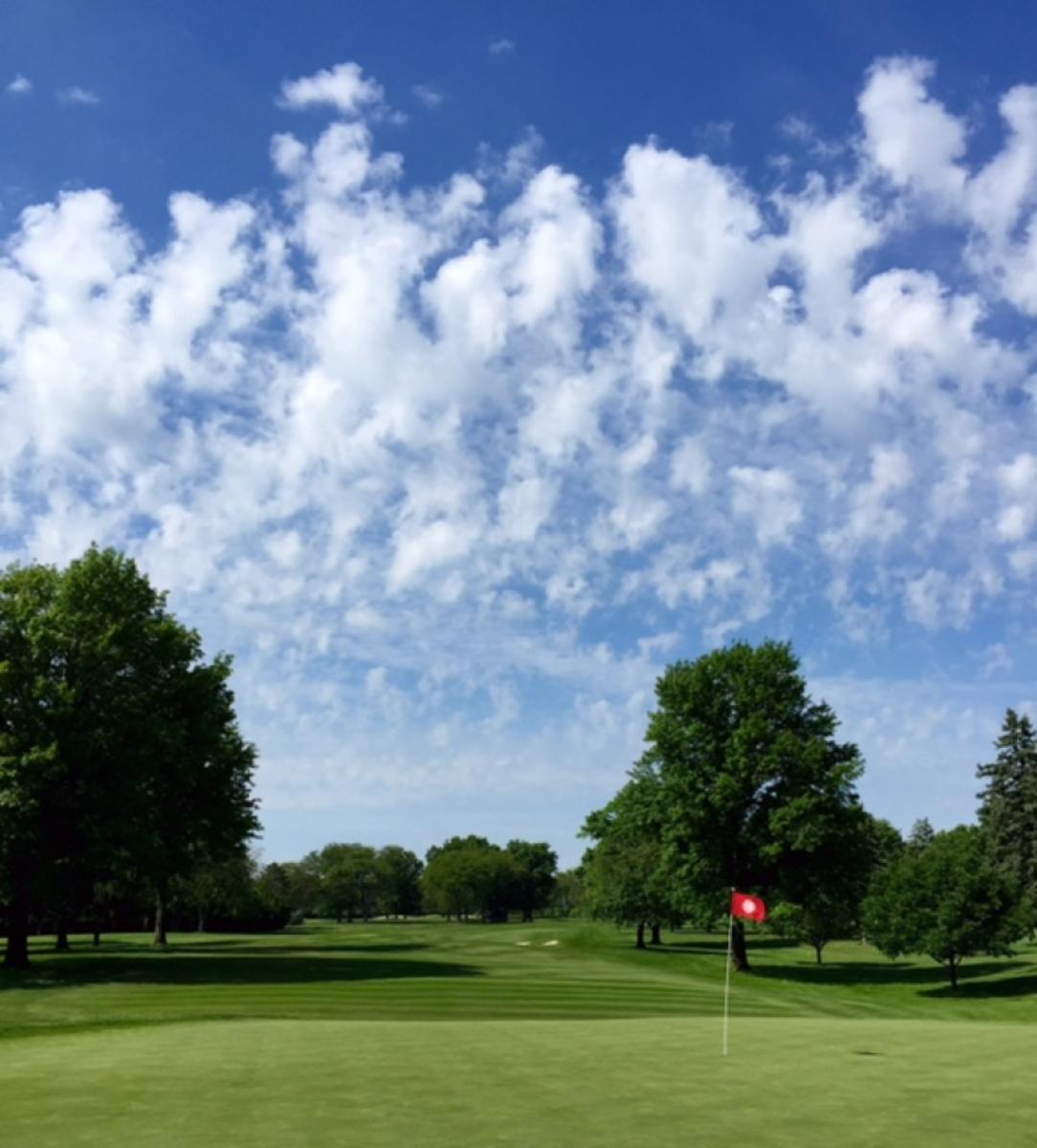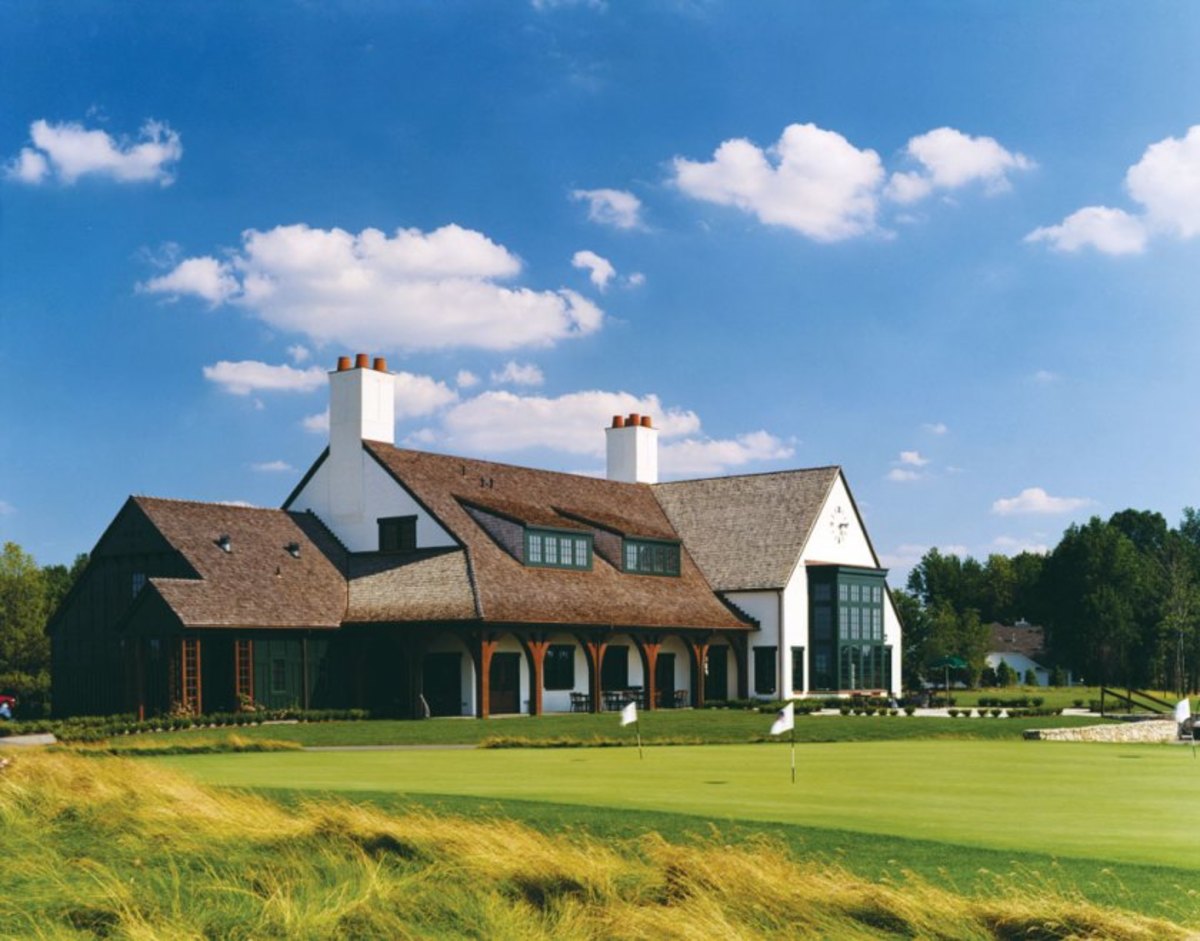Designs on Columbus

The late, great Dan Jenkins once called Columbus, “the best city in which to study golf course architecture.” With the PGA Tour hunkered down in the Ohio capital city for a fortnight, Buckeye-bred design legends Tom Weiskopf and Dr. Michael Hurdzan help to amplify Jenkins’ proclamation.
SCIOTO COUNTRY CLUB
One of the rare clubs that has hosted a U.S. Open, a Ryder Cup, a PGA Championship, a U.S. Amateur and two U.S. Senior Opens, Scioto is also where Jack Nicklaus grew up. Nicklaus not only honed his formidable playing skills here, it’s also where he shaped his design instincts.

Donald Ross crafted Scioto in 1916 and wisely, as Hurdzan noted, the wonderful routing has been left untouched, except for the greens at Nos. 8 and 17. They were moved across a creek more than 60 years ago. When Hurdzan signed on to restore the layout from 2005 to 2008, Nicklaus joined in to assist.
For the student of outstanding design, Weiskopf lauds Scioto for its variety: great routing, elevation change and change in direction. “You have four wonderful par 3s and they all go in different directions. The same goes for the par 5s and the long par 4s. The continuous change in direction means that you encounter every wind and every type of elevation and lie.”

Hurdzan is a bit biased, having consulted with Scioto since the 1970s, but he concurs with Weiskopf.
“The Ross routing is genius in how he uses the terrain, and that’s what should be studied,” Hurdzan said. “Ross took the longer holes and kept them up on a flat. He also maximized the use of the natural water feature on the property, where holes play across it on seven or eight occasions and he made it visible. That’s the Ross hallmark. He fit it in exactly how it had to be.”
OHIO STATE UNIVERSITY (Scarlet)
Crowning winners in 10 different years, no golf course in America has played host to the NCAA Division I Men’s Golf Championship on more occasions than Ohio State’s Scarlet. Not only that, the 7,455-yard, par-71 Alister MacKenzie design has witnessed four Women’s NCAAs and countless other big-time events, including the Korn Ferry Tour’s Nationwide Children’s Hospital Championship from 2007 to 2019. Inevitably, it is a rugged test — and one with some mystery attached to its design.
“It was very, very long — easily over 7,000 yards when I went to school there in 1960 — and well ahead of its time,” said Weiskopf, a second-team All-American at Ohio State in 1962 and former teammate of Nicklaus. “What sticks with me is the great routing, unbelievable change of direction. MacKenzie was a master of concealment and deception. He concealed pins behind bunkers by flashing the sand up and provided
deception by using big valleys in front of greens.”

Hurdzan cautions that the Scarlet greens are not MacKenzie’s. Due to the Depression, MacKenzie’s plans for Ohio State’s 36 holes were long delayed. Thus, Scarlet and nine holes of its shorter sibling, the Gray course, weren’t completed until 1938, four years after MacKenzie’s death. MacKenzie’s frequent partner and associate Perry Maxwell, a wizard of his own at green construction, completed much of the work on the Gray greens, but Scarlet’s putting surfaces fell to an OSU graduate who had worked on several MacKenzie projects for Wendell Miller, the course builder. Thus, the Scarlet greens have never displayed the sophistication of the Gray greens.
“The routing is MacKenzie genius at the end of his career and life, and for that reason alone needs to be studied,” Hurdzan said.
THE GOLF CLUB
Ranked No. 38 in America in Golf Digest’s most recent tabulations, The Golf Club is one of Pete Dye’s earliest masterworks. Opening in 1967, this low-key, men-only domain is replete with native grasses, ragged-edge bunkers and water and sand hazards fortified by railroad ties. It attracted Nicklaus as an unpaid design consultant and Weiskopf as a member.
“The Golf Club has all the fundamentals to be a classic,” Weiskopf said. “Natural lakes, mature trees, changes of elevation and all the par-3s and par-5s played in different directions.”
That alone is worth studying, but Hurdzan lists a number of other study points as well.
“When Dye designed this place, we thought it was crazy,” Hurdzan said. “No one had ever seen such golf course features.”
Hurdzan isn’t as enamored as Weiskopf is with the routing, but acknowledged Dye’s innovative approach to the use of bunkers, mounds and water in the design.
“The Golf Club opened in a period of time when bunkers had very little shape,” Hurdzan said. “Most were mini-Augusta Nationals, kind of oval with a bit of flashed sand. Dye took bunkering into a more waste-style, wandering-sand approach. He carried that forward, probably reaching its apex at TPC Sawgrass.”
MUIRFIELD VILLAGE GOLF CLUB
Ranked 16th in the country by Golf Digest, 46-year-old Muirfield Village represents Nicklaus’ first foray into golf course design with his name on the plans. Host to the Ryder Cup, Presidents Cup and to the Memorial Tournament since 1976, Muirfield Village continues to reflect the Nicklaus design sensibility, even as the routing itself was the product of Desmond Muirhead. The course features a preponderance of attractive, downhill tee shots, immaculate conditioning and natural-looking slopes that could
hold thousands of spectators.

Weiskopf contends that Muirfield Village serves up too many shots where water is in play — 21 by his count — and Hurdzan believes that the course is overbunkered, but both acknowledge that it was built to test the best in tournament play, and so the difficulty, emphasis on maintenance and the frequent design tweaks, must be put it that context.
DOUBLE EAGLE
Another quiet club where waiting on the group ahead of you is never an issue, Double Eagle is a 1992 Tom Weiskopf-Jay Morrish design that ranks 92nd in the United States by Golf Digest. Renowned for its flawless conditioning, Double Eagle unfolds over gently undulating terrain, atop what had been flat farmland.
Weiskopf and Morrish incorporated option-filled holes such as the split-fairway ninth, its safer lower fairway yielding the tougher approach, as well as one of Weiskopf’s signature drivable par 4s, the 17th.
Change of direction, especially among the finishing five holes, is what to study here, along with No. 17 specifically. Weiskopf designed a drivable par-4 on every one of his 72 courses, and Double Eagle’s 17th remains a favorite. The hole offers three options off the tee and the biggest, wildest green on the course.
THE GOLF CLUB OF DUBLIN
For a 21st century example of Columbus golf design worth studying, check out Hurdzan-Fry’s The Golf Club of Dublin. Dating to 2002, this Irish-themed public layout is a superb example of how to create a housing development course that doesn’t feel like a hemmed-in land-planners layout.
“We put in sod wall bunkers, stone walls and huge, rolling square greens,” Hurdzan said. “It’s a showcase on how you can grade and re-shape a big flat cornfield into a fun, playable course full of shot variety that integrates seamlessly into the development.”

Sign up to receive the Morning Read newsletter, along with Where To Golf Next and The Equipment Insider.
